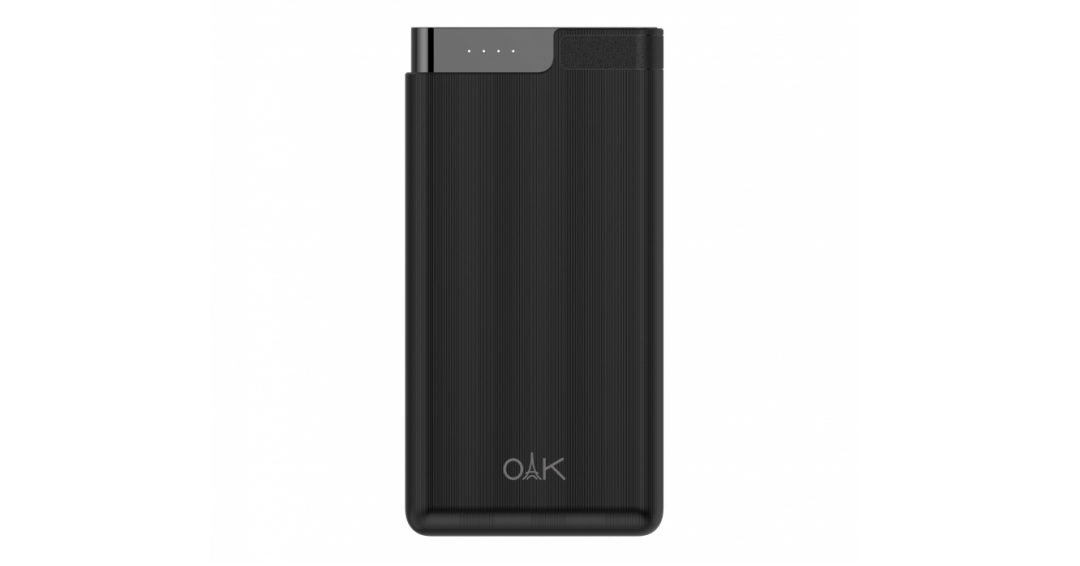powerbank
One of our biggest problem after the advent of mobile phones is running out of battery. Well there was a solution that helped us to charge our phones without access to a wall outlet and that’s Power bank.
A power bank is a portable charger that you can use to charge your smartphone or tablet and sometimes even your laptop. This is useful on the go, since there won't be a socket nearby to charge your device.
The first portable power bank was created in 2001 by a Chinese company called Pisen. The original design was two AA batteries pieced together by a circuit! It made its public debut at the Las Vegas International Consumer Electronics Show.
The first power bank was bulky and had a short battery life. Today, there are much more sophisticated and compact designs with far superior battery life. Most modern power banks can fit in the palm of your hand and charge your smartphone several times before running out of battery.
Power banks come in a variety of different shapes and sizes .
- Block power banks are one of the most common types of portable chargers. The blocks can come in the shape of a slim rectangle, a log, or a wider rectangle. This type of power bank is great for keeping in your bag or backpack for those moments when you need some extra juice on-the-go.
- A credit card power bank is a portable charger with a slim rectangular design, hence its name. This kind of power bank fits comfortably inside your pocket without feeling bulky. The discreet design allows you to slip it inside small places like a wallet or padfolio without taking up a ton of room.
- Keeping track of cords can become a nuisance. A wireless power bank works by simply resting the back of your phone on top, and letting your battery charge. Before you get a wireless power bank, be sure your device is compatible with this type of charger.
- …
Lithium-Ion and Lithium-Polymer batteries are the most common rechargeable cell types found in Power Banks. Lithium-Ion cells are generally cheaper and limited in mAh capacity, while Lithium-Polymer cells can be larger and don't suffer from a memory effect over time.
When power is transferred, there is always loss due to resistance. Power Banks are not able to transfer 100% of their actual capacity to a device, so we factor in this loss when calculating how many times an average device can be charged from a fully powered Power Bank of any given size. Efficiency ratings differ between Power Banks based on their cell type, component quality and environment. Ratings between 80% and 90% are the current industry standard. Beware of suspiciously low-cost options claiming efficiency ratings of over 90%.


Leave Comment